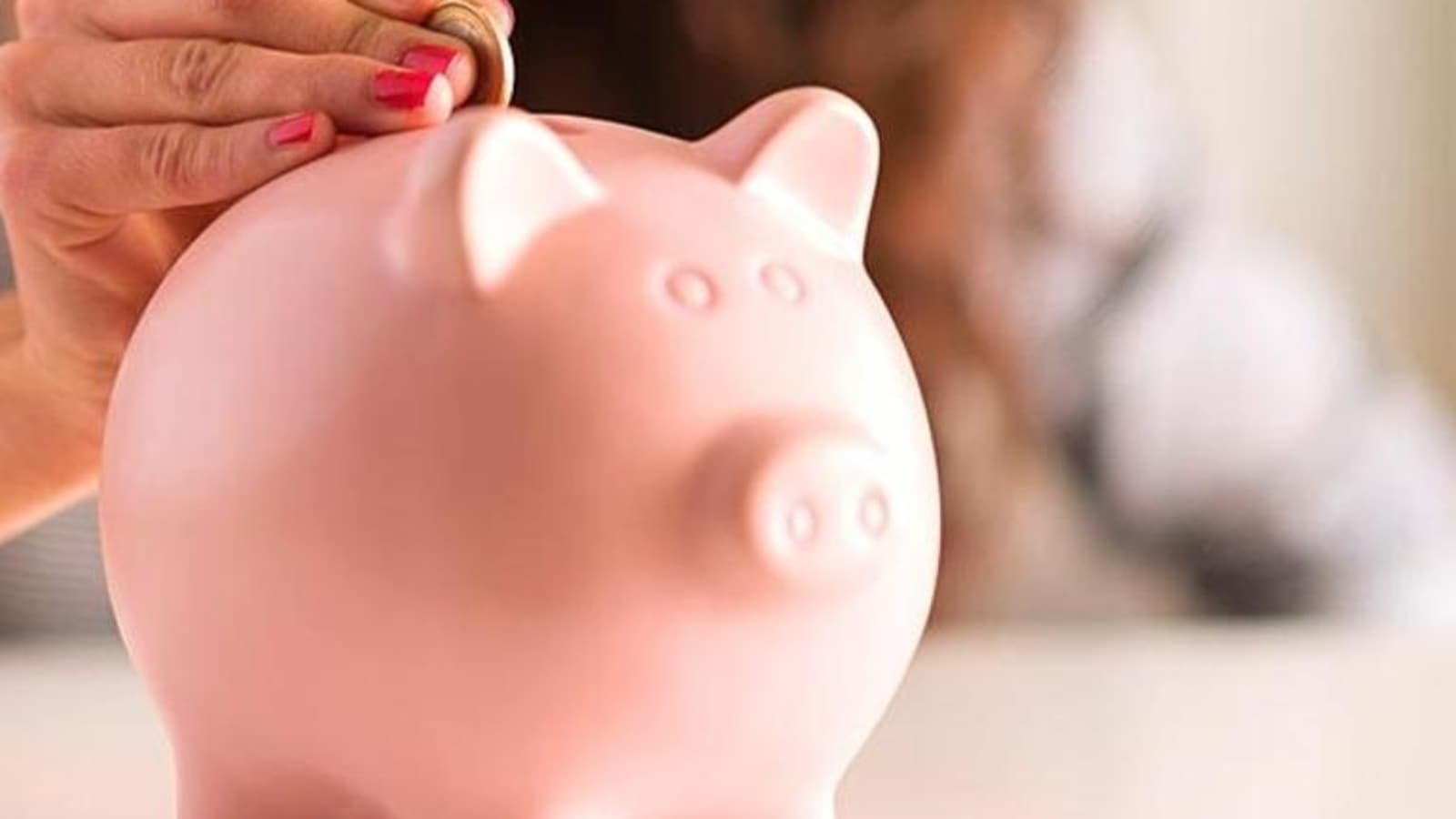
WorldAnimalFoundation.org is reader-supported. When you buy through links on our site, we may earn an affiliate commission. Learn More
Coonhound breeds, known for their persistence, athleticism, and keen sense of smell, are the epitome of outdoor canine companions. These energetic dogs, exceptional in their hunting skills, are bustling with vitality from sunrise to sunset.
Ideal for active, seasoned dog owners, Coonhounds are more than just working dogs – they’re loyal companions. While they may have a reputation for being strong-willed, vocal, and somewhat challenging to train, the breed has a fascinating variety.
Many are familiar with the American English Coonhound, but did you know there are several other types of Coonhounds, each with its unique traits and abilities?
Types of Coonhounds
The American Kennel Club (AKC) recognizes six distinct types of Coonhounds, each originally bred for hunting. While these hunting dogs share many traits, reflecting their shared heritage and purpose, there are also some important differences among the various Coonhound breeds that set them apart.
1. American English Coonhound

| Height | 24-26 inches (male), 23-25 inches (female) |
| Weight | 45-65 pounds |
| Life span | 11 -12 years |
American English Coonhounds are lean, muscular, and renowned among hunters for their exceptional endurance and speed. Not only are they skilled hunters, but they’re also loyal, social, friendly, and affectionate, making them excellent family dogs.
These dogs excel in hunting and enjoy being active, requiring plenty of vigorous exercise to maintain their physical and mental health. Their stamina is remarkable.
However, they are very energetic and can be quite vocal, which might be challenging for first-time dog owners to manage. On the bright side, they are intelligent and thus relatively easy to train and groom. They don’t drool excessively or shed a lot, which is a bonus.
While they can show some stubbornness, consistent and effective training usually keeps this in check. It’s important to note that they don’t fare well when left alone for long periods, making them less suitable for inexperienced pet owners.
2. Bluetick Coonhound

| Height | 22-27 inches (male), 21-25 inches (female) |
| Weight | 45-80 pounds |
| Life span | 11-12 years |
Bluetick Coonhounds, the oldest breed among the Coonhound family, stand slightly taller than their American English counterparts.
Known for their exceptional hunting skills like other Coonhound breeds, Blueticks are also friendly and happy, getting along well with other pets. This makes them an ideal choice for homes with multiple animals. While active and loyal, they can be challenging to train.
Physically, Bluetick Coonhounds are well-muscled yet sleek, exhibiting a racy build without any clumsiness or bulkiness. They possess a remarkable prey drive, making them avid hunters.
However, they tend to get bored easily and dislike being left alone for long periods. If you’re often away from home, the Bluetick Coonhound might not be the best fit for you. These dogs also prefer spending a lot of time outdoors, thriving in active, engaging environments.
3. Black and Tan Coonhound

| Height | 25-27 inches (male), 23-25 inches (female) |
| Weight | 65-110 pounds |
| Life span | 10 -12 years |
Black and Tan Coonhounds are affectionate, spirited, and full of life. These energetic dogs thoroughly enjoy playtime with their families.
As one of the most sociable and enthusiastic breeds, Black and Tan Coonhound dogs are traditionally bred for hunting raccoons and night hunting. They are recognizable by their long, drooping ears and strong tails, with dark brown or hazel eyes and a sleek black coat accented with tan markings.
Known for being loyal, friendly, intelligent, and responsive, they can be slightly more challenging to train than other Coonhound breeds. These dogs need plenty of exercise and are very playful, making them great companions for children.
They do tend to shed and drool a bit, which may be a factor to consider in their care and training. Black and Tan Coonhounds are usually very local, not fond of being alone, and not well-suited for apartment living.
4. Treeing Walker Coonhound

| Height | 22-27 inches (male), 20-25 inches (female) |
| Weight | 50-70 pounds |
| Life span | 12-13 years |
The Treeing Walker Coonhound, a descendant of the English Foxhound, was first developed in the 1700s by Thomas Walker. Among the larger breeds of Coonhounds, they are known for their short, smooth coats that repel dirt and mud, making them low-maintenance and easy to clean.
These dogs are loyal and brave and show great affection towards their family members. Originally bred for hunting raccoons and other small game, Treeing Walker Coonhounds are bursting with energy and can be somewhat challenging to train.
They thrive best with experienced dog owners who can manage their high energy levels and keep them both physically and mentally engaged.
Regular exercise and brain-stimulating activities are essential for these dogs. Socialization is also crucial; luckily, their naturally friendly disposition makes this an enjoyable task. As social creatures, they prefer company and do not fare well when left alone, always eager for a playmate or companion.
5. Redbone Coonhound

| Height | 22-27 inches (male), 21-26 inches (female) |
| Weight | 45-70 pounds |
| Life span | 12-15 years |
Redbone Coonhounds stand out with their striking red coats, making them one of the most visually appealing dogs on our list. Originating from Scottish settlers who bred them for raccoon hunting, these dogs are athletic, strong, and quick.
Ideal for active families, Redbone Coonhounds thrive when they have plenty of activities and exercise. They are smart dogs, excelling in canine sports, particularly those that utilize their exceptional sense of smell.
Compared to other Coonhounds, they shed less and are relatively low-maintenance, requiring only occasional brushing to manage loose hairs. Their active nature makes them perfect companions for athletic or outdoor-loving owners.
However, their tendency to follow their noses can lead to wanderlust, which might be challenging if they’re in an area that’s not fully secured. Fortunately, these dogs are known for being easy to train, making them a great choice for a variety of owners.
6. Plott Coonhound

| Height | 20-25 inches (male), 20-23 inches (female) |
| Weight | 40-60 pounds |
| Life span | 12-14 years |
Plott Hounds are unique among Coonhounds as they trace their origins back to Germany, not England. They are characterized by their smooth, glossy coats and medium-sized hanging ears, with distinctive black markings around their noses, eyes, and ears.
These dogs are low-maintenance in terms of grooming, shedding minimal hair, and drooling sparingly. Regular baths are sufficient to keep them in good health. Plotts are intelligent and friendly dogs. Known for their loyalty, they’re less likely to stray even if they slip off their leash outdoors.
As excellent scent hounds, historically used for bear and large game hunting, Plott hound dogs thrive in a pack environment, making them well-suited for households with other dogs. Socialization is key for these dogs, as they love being part of a group.
Compared to other Coonhounds, Plotts are easier to train and less prone to wandering. However, they can be wary of strangers and don’t enjoy being left alone for long periods. They’re happiest when active and socializing, preferably in milder climates since they don’t tolerate cold weather well.
Essential Guide to Coonhound Care
Let’s dive into the world of Coonhound care with our easy guide, designed to help you ensure a happy, healthy life for your furry companion.
Exercise Needs
Coonhounds are scent hounds that require a significant amount of exercise—about 60-90 minutes daily of moderate to intense activity. These breeds are well-suited for long hikes and enjoy staying active.
Grooming
Dogs with medium to long coats typically need a bath every four to six weeks, while those with short coats can be bathed every one to three months. However, dog owners should be cautious not to over-bathe their pets to avoid damaging their coats.
Lifespan
These dogs have an average lifespan of 12 to 13 years, so if you’re adopting one, especially as a puppy, be prepared for over a decade of companionship with your pet.
Care
Coonhounds, like other hounds with large, floppy ears, need regular ear care to prevent infections. They generally have strong teeth, which can be maintained by brushing at least twice a week. It’s also important to clean their ears weekly, starting from when they’re puppies.
Health Issues
Coonhounds are typically a robust and healthy breed. Responsible breeders often screen for conditions like hip dysplasia, elbow dysplasia, and hypothyroidism. Despite their general good health, like any breed, they can be prone to certain issues, including cataracts and retinal atrophy.
Due to their long, heavy ears, Coonhounds are particularly susceptible to ear infections, ear mites, and hematoma (a large blood blister on the ear flap).
Conclusion
Each type of Coonhound brings its unique charm and qualities to the table. From the athletic American English Coonhound to the melodious Bluetick, the sturdy Black and Tan, the energetic Treeing Walker, the stunning Redbone, and the resilient Plott Hound, these breeds showcase a wonderful diversity.
Whether you’re looking for a loyal hunting companion or a loving family pet, a Coonhound breed will surely capture your heart with its distinct characteristics and endearing personality.








